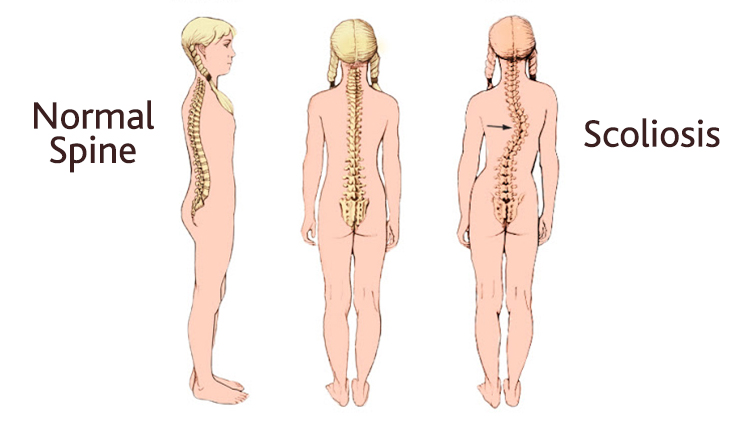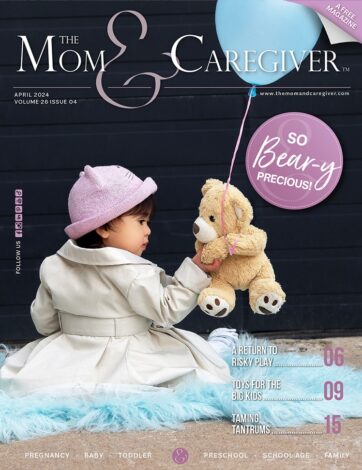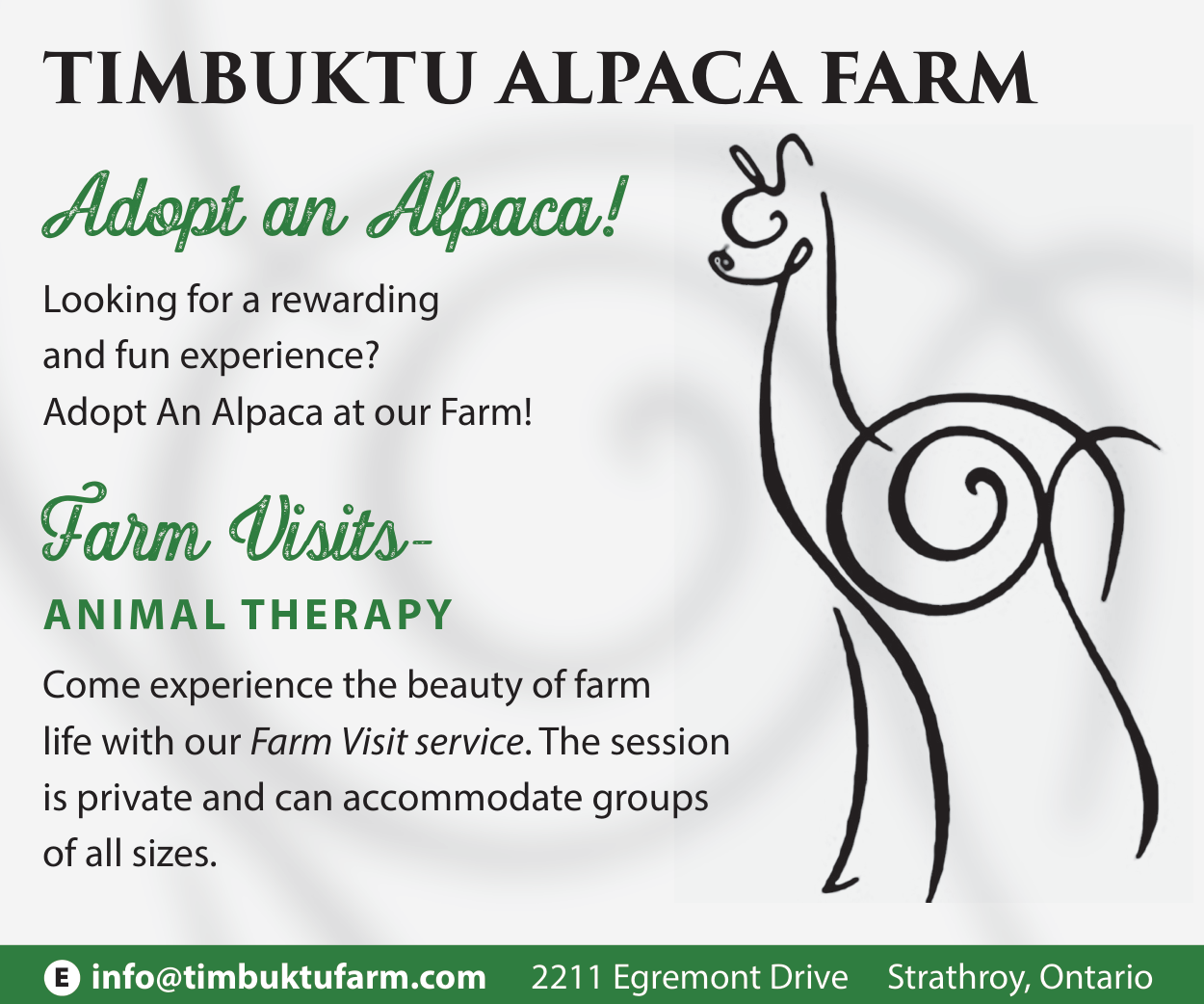One Step at a Time – June is International Scoliosis Awareness Month!
Scoliosis is a common spinal deformity that is routinely diagnosed in childhood and teen years. You may begin to see signs of a curving spine at any age but the condition commonly presents during puberty when the child goes through a growth spurt. Scoliosis is not linked to poor posture or heavy book bags! If you begin to notice signs of a curving spine, talk to your family physician as this is a progressive condition that can change rapidly as your child grows. Early diagnosis and early management is key to treatment success.
The predominant sign of scoliosis is an S or C shaped spine. Depending on the progression of the condition, your child’s spine may also begin to twist (like a corkscrew) making the ribs (which are attached to the spine) appear uneven. Other signs to watch for include;
- A shoulder or hip that appears higher than the other
- One shoulder blade that sticks out more than the other
- Back pain
- Difficulty breathing
To make a definitive diagnosis a physician will request an x-ray, computed tomography scan, or magnetic resonance imaging of the spine. They will measure the curve of the spine and express the severity in terms of “degrees of side to side curvature”. This measure helps determine the treatment plan as management depends on curve severity, the child’s age and how much growth is left. Severe scoliosis curves or curves detected after growing has ceased may be surgically corrected. This is very invasive and used as a last resort. The majority of cases can be conservatively managed using a thoracolumbar spinal orthosis (TLSO)
A custom made TLSO is a standard non-invasive treatment for scoliosis that should be worn until the child stops growing. Your doctor or orthotist will be able to indicate the daily usage. The wear schedule can be up to 24 hours a day depending on the severity of the spinal deformity. The brace acts as a holding device that keeps a curve from getting worse and if worn properly and for the prescribed time, the curve should not get bigger.
There’s no quick fix for scoliosis. Wearing a brace or recovering from surgery takes time. However, when treatment is over, people with scoliosis are able to live a full and active life. If you have any questions or concerns about scoliosis or if your child is affected, please do not hesitate to reach out to our office. We would be happy to answer any questions you or your family may have!














